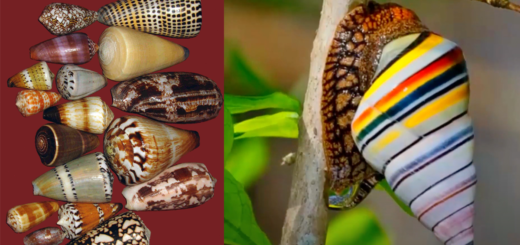Blood Facts – 29 Interesting Facts About Blood
Blood facts – Interesting facts about blood. The blood is a life giving fluid of the body and its importance cannot be taken lightly. Blood is found in humans and most animals, blood is an incredibly important bodily fluid that transports oxygen and various nutrients to our body’s cells.
Blood Facts
Blood is a connective tissue in a liquid form and transports oxygen and nutrients to the remotest locations of the body
The blood is composed of RBC, WBC, Platelets floating in a fluid known as plasma.
Blood accounts for 8% of our body weight and contains a large numbers off minerals.
Human blood is red colored because of hemoglobin which is a complex of Iron and an organic molecule and is tasked with the transport of oxygen to the remotest part of the body. Human blood is red colored while crustaceans and arthropods have blue colored blood. The color of the blood is determined by the respiratory pigment in the blood.
An average human body contains 1.325 gallon of blood. A major part of the blood is composed of plasma.
Blood contains 55% plasma, 40% RBC and 4% platelets and 1% WBC. Among all the WBC floating in plasma, neutrophils are the most abundant.
The blood float in a yellow colored fluid which is known as plasma which is composed 90% water, nutrients, salts, gases , amino acids, sugar and hormones.
The cells floating in the blood can be separated by centrifugation.
WBC defend us against bacteria, viruses, cancer cells, infectious diseases and other unwanted materials.
Everyone knows that WBC is important for the immune system of the body. However it also plays a vital role in pregnancy and is important for the embryo implantation. Lower macrophage levels in the body results in reduced progesterone hormone which is necessary for the maintenance of pregnancy.








